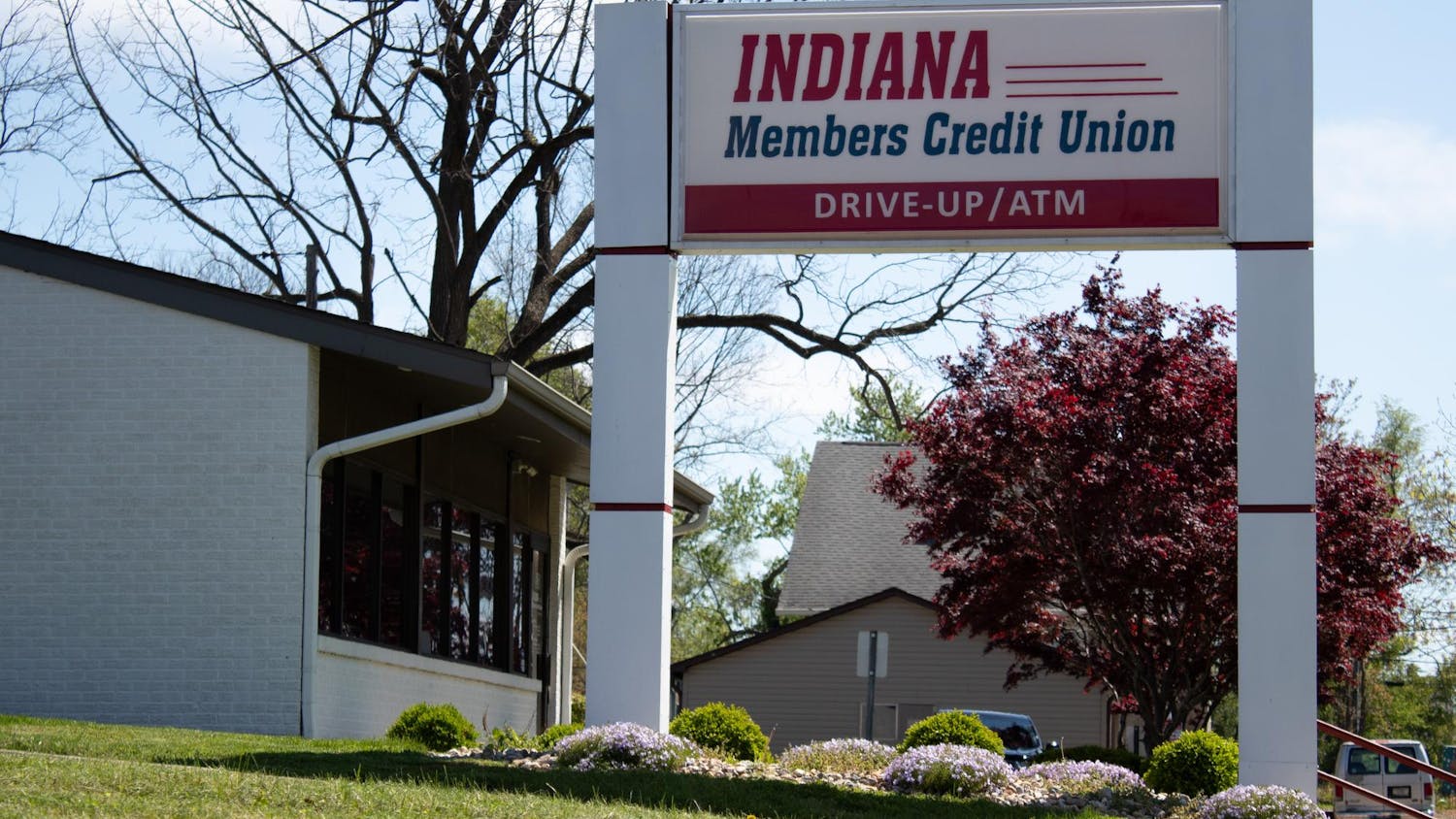Midterm election voters will be required to bring an official government photo ID in order to vote. The name on the ID must match one’s voter registration card and have an expiration date.
Student IDs that meet the four requirements listed by the Indiana Election Division can be used to vote, but only if they are from public institutions such as IU or Ivy Tech.
For the last nine years, the state’s voter ID law is still controversial because some see it as unnecessary.
“I think it’s disenfranchising to have such a law,” Monroe County Clerk Linda Robbins said. “It is difficult for several of our older people, for example, to get voter IDs.”
In addition to serving as clerk, Robbins serves as secretary of the Monroe County Election Board. She said Indiana’s law creates a burden for people who are not as likely to have a photo ID card, such as the elderly who may not have a valid driver’s license.
She said there are cases in the county where people show up to vote without a valid ID and cannot vote.
“It’s a small percentage, but out of 30,000 or 40,000 people we have vote, for example, in one of our elections we may have 20 or 30 that have been turned away for one reason or another,” Robbins said.
Robbins clarified that no one is actually turned away, just that potential voters without an ID must fill out a provisional ballot, which means they have 10 days to produce a valid photo ID to the county election board.
Indiana’s voter ID law, officially Public Law 109-2005, was passed in the Indiana legislature in 2005 and was one of the first among a nationwide trend of laws that required voters to show proof of their identity before they cast a vote in person.
The Bureau of Motor Vehicles offers free IDs that meet requirements.
Indiana’s law was challenged and upheld in the 2008 Supreme Court case of Crawford v. Marion County Election Board.
In a 6-3 decision, the U.S. Supreme Court said the state had the right to protect itself against potential voter fraud and preserve the people’s confidence in the process, according to the IIT Chicago-Kent College of Law.
Justice John Paul Stevens wrote in his opinion that even though at the time Indiana had no confirmed cases of in-person voter fraud, voter fraud is an issue that has occurred in other states, and Indiana has a right to protect itself against any potential threat to discrediting the ballot box.
“How many people have to fraudulently vote before this is an issue?” said Steve Hogan, chair of the Monroe County Republican Party. “I think if one person or 10 people vote fraudulently or vote at two different locations or whatever — that dilutes the value of my vote and dilutes the importance of a ?democracy.”
The League of Women Voters of Bloomington-Monroe County, their president, Doris Wittenburg, and the national branch of the LWV have taken a firm stance against voter ID laws.
“There is no reason if people are registered to vote why they would have to show a photo ID in order to vote, especially since there is so little evidence there is voting fraud,” Wittenburg said. “The league is a totally nonpartisan organization, but when it comes to voter rights we will fight tooth and nail for people to be able to vote.”
Voter ID laws do not have a significant impact on the voter turnout, said Bernard Fraga, associate professor of political science at IU.
“Requiring voter ID may not have an impact on turnout, but also it seeks to kind of solve a problem that doesn’t exist,” Fraga said.
Fraga said research shows voter ID laws disproportionately affect minority groups.
“In Indiana, the studies that have been done suggest the people who are least likely to have acceptable photo identification are younger people and also racial or ethnic minorities,” Fraga said.
Critics of the Indiana law, such as Wittenburg, said the law is about politics.
“This is a ploy on the part of one segment of the population trying to keep another segment of the population from voting,” Wittenburg said.
Hogan said the law is not about disenfranchising minorities but rather protecting the democratic process.
“I do think there is such a thing as voter fraud,” Hogan said. “And I don’t think there is anything difficult about getting an ID.”





